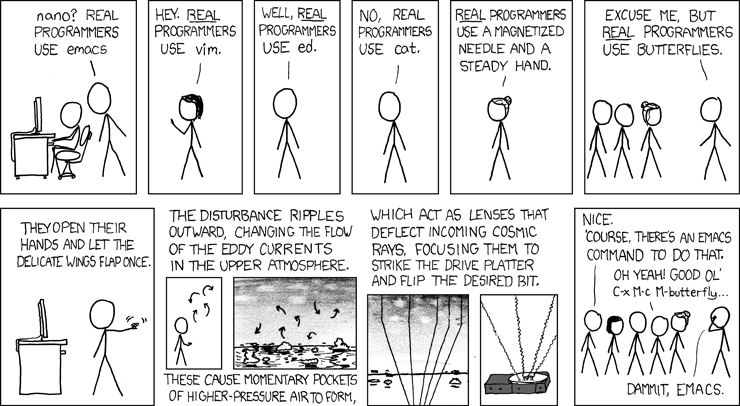I will take your question literally and discuss mostly microprocessors, not computers in general.
All computers have some sort of machine code. An instruction consists of an opcode and one or more operands. For example, the ADD instruction for the Intel 4004 (the very first microprocessor) was encoded as 1000RRRR where 1000 is the opcode for ADD and RRRR represented a register number.
The very first computer programs were written by hand, hand-encoding the 1's and 0's to create a program in machine language. This is then programmed into the chip. The first microprocessors used ROM (Read-Only Memory); this was later replaced by EPROM (Erasable Programmable ROM, which was erased with UV light); now programs are usually programmed into EEPROM ("Electrically...-EPROM", which can be erased on-chip), or specifically Flash memory.
Most microprocessors can now run programs out of RAM (this is pretty much standard for everything but microcontrollers), but there has to be a way of loading the program into RAM in the first place. As Joby Taffey pointed out in his answer, this was done with toggle switches for the Altair 8080, which was powered by an Intel 8080 (which followed the 4004 and 8008). In your PC, there is a bit of ROM called the BIOS which is used to start up the computer, and load the OS into RAM.
Machine language gets tedious real fast, so assembler programs were developed that take a mnemonic assembler language and translate it, usually one line of assembly code per instruction, into machine code. So instead of 10000001, one would write ADD R1.
But the very first assembler had to be written in machine code. Then it could be rewritten in its own assembler code, and the machine-language version used to assemble it the first time. After that, the program could assemble itself. This is called bootstrapping and is done with compilers too -- they are typically first written in assembler (or another high-level language), and then rewritten in their own language and compiled with the original compiler until the compiler can compile itself.
Since the first microprocessor was developed long after mainframes and minicomputers were around, and the 4004 wasn't really suited to running an assembler anyway, Intel probably wrote a cross-assembler that ran on one of its large computers, and translated the assembly code for the 4004 into a binary image that could be programmed into the ROM's. Once again, this is a common technique used to port compilers to a new platform (called cross-compiling).


 diode-matrix control store of the 1950
diode-matrix control store of the 1950  transistor-matrix control store of 2005
transistor-matrix control store of 2005